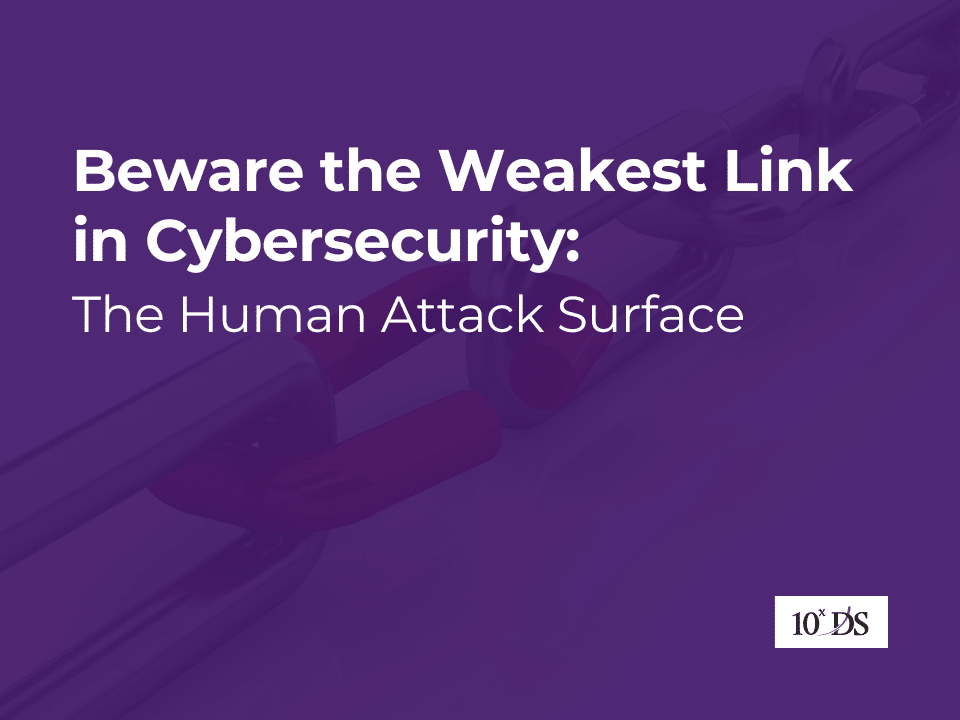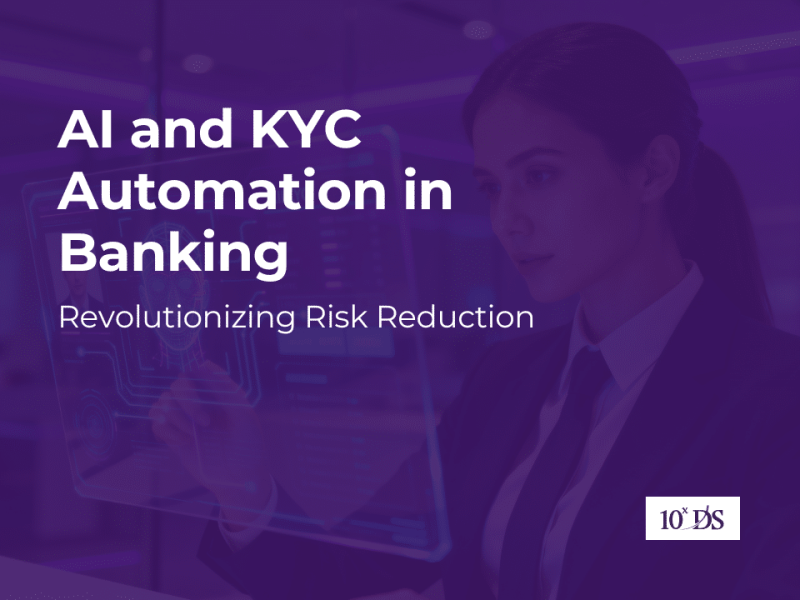
Beware the Weakest Link in Cybersecurity: The Human Attack Surface
As we observe Cybersecurity Awareness Month, it’s crucial to reflect on our current practices and explore ways to enhance our cybersecurity posture. Awareness initiatives should go beyond mere calendar checkboxes, serving as a reminder of the evolving digital threats. While many organizations engage in awareness campaigns, the true challenge lies in turning this awareness into actionable defence strategies.
So, what is the most critical challenge we face in cybersecurity today? It turns out, it’s often the human element—the human attack surface—which presents the greatest risk.
Human error is consistently cited as a significant factor in cybersecurity breaches. According to the Ponemon Institute, a leading research organization specializing in cybersecurity, 95% of incidents are attributed to human error, with over 90% of breaches originating from phishing emails. The “human attack surface” includes vulnerabilities from both users and attackers exploiting human behavior. This highlights the need for organizations to not only invest in technology but also focus on improving user behavior and awareness to mitigate this risk.
User Vulnerabilities: The Weakest Link
With all the advancements in cybersecurity technologies, why does human behavior remain one of the biggest challenges that can undermine even the strongest security systems? Several factors are involved:
- Complacency: Over time, employees may become desensitized to security protocols, ignoring critical warnings or alerts.
- Information Overload: The sheer volume of security information and alerts can overwhelm employees, making it difficult for them to retain essential knowledge, leading to mistakes.
- Inadequate Training: Organizations that fail to provide regular and engaging cybersecurity training may leave employees ill-equipped to recognize and respond to emerging threats.
These challenges are further compounded by specific behavioural factors:
- Overconfidence: Employees may become too relaxed, especially in the absence of recent incidents. This can lead to poor decisions, such as using weak passwords or neglecting security updates.
- Disengagement: Excessive or overwhelming security training materials can cause employees to lose interest, making them less likely to retain critical information and best practices.
- Cultural Resistance: Employees might avoid discussing cybersecurity issues or reporting incidents due to fear of embarrassment or repercussions. A more open organizational culture is essential for effective risk management.
- Inconsistent Practices: Different departments within an organization might adopt varying cybersecurity protocols, leading to confusion and potential vulnerabilities. Uniform practices across teams are vital for a cohesive defence strategy.
- Lack of Feedback: Without proper systems to evaluate the effectiveness of cybersecurity training, organizations miss opportunities to identify knowledge gaps and areas for improvement.
Attacker Threats: Exploiting Human Behavior
Cybercriminals are highly adept at exploiting human behavior to gain unauthorized access. One of the most common methods they use is social engineering, particularly through phishing attacks. In these scenarios, attackers deceive individuals into revealing sensitive information, such as passwords or financial details, by impersonating trusted entities like company executives or IT personnel.
Common Methods Used by Attackers
- Impersonation: Attackers often pretend to be trusted figures, like senior executives or IT staff, to trick employees into providing confidential information.
- Greed: Exploiting the desire for financial gain or other benefits to manipulate individuals.
- Urgency and Fear: Many phishing attempts leverage a sense of urgency to compel users to act quickly, often without thoroughly verifying the legitimacy of the request.
- Social Engineering Tactics: Methods like pretexting, baiting, and spear phishing are commonly used to manipulate individuals and gain access to sensitive data.
Even high-profile individuals can fall victim to these tactics. For example, in July 2024, former U.S. President Barack Obama’s Twitter account was compromised in a cyberattack targeting verified accounts to promote cryptocurrency scams. This incident serves as a stark reminder of how easily even the most secure accounts can be exploited through social engineering.
Digital Solutions: Mitigating the Human Attack Surface
Given the complexity of the human attack surface, addressing these challenges requires a multi-faceted approach involving both human training and digital solutions. Here are some strategies to mitigate the risks:
1. Security Training and Awareness
Regular and engaging cybersecurity training is crucial for helping employees recognize phishing attempts, create strong passwords, and handle data securely. Comprehensive training programs should include simulated phishing attacks and interactive workshops that encourage participation. By fostering a culture of continuous education, organizations can cultivate a security-conscious mindset, ensuring that employees remain vigilant against potential threats.
2. Multi-Factor Authentication (MFA)
Implementing Multi-Factor Authentication adds an essential layer of security by requiring users to verify their identity through multiple forms of authentication. This process significantly reduces the risk of unauthorized access, even if a password is compromised. MFA can involve a combination of something the user knows (like a password), something they have (like a smartphone app or hardware token), or something they are (biometric verification). By making unauthorized access more difficult, organizations can better protect sensitive information and resources.
3. Adopting a Zero Trust Framework
A Zero Trust approach assumes that no user, whether internal or external, should be trusted by default. Instead, access is granted based on continuous identity verification and monitoring, thereby minimizing breaches caused by human error. This model helps to ensure that sensitive information is accessible only to authorized individuals.
4. Automation and AI
Leveraging automation and artificial intelligence (AI) can significantly reduce human errors and enhance overall cybersecurity. AI-powered threat detection tools analyse user behavior patterns to identify anomalies that may indicate potential security threats. These tools can automatically flag suspicious activities for further investigation, thereby allowing security teams to respond more swiftly. Additionally, AI can personalize security training by tailoring content based on individual employee behaviours and previous mistakes, ensuring that training remains relevant and effective.
5. User Behavior Analytics (UBA)
UBA tools establish baselines for normal user behavior and quickly detect unusual activities that may indicate insider threats or compromised accounts.
6. Security Orchestration and Incident Response Automation
Automating security processes through security orchestration enables organizations to streamline their security operations. Incident response automation facilitates faster identification, isolation, and remediation of threats, significantly reducing the time it takes to contain breaches. By implementing automated workflows, organizations can ensure a more efficient response to incidents, freeing up valuable time and resources for security teams to focus on proactive measures rather than reactive firefighting.
Conclusion
The human attack surface remains one of the most critical vulnerabilities in modern cybersecurity. As cyber threats evolve alongside technological advancements, organizations must continuously update their defences. Cybersecurity is only as strong as its weakest link—often the people behind the systems. To build a resilient security posture, businesses must invest in both human and digital defences. Partnering with leading cybersecurity service providers like 10xDS can provide the expertise and support needed to navigate the rapidly changing threat landscape.


